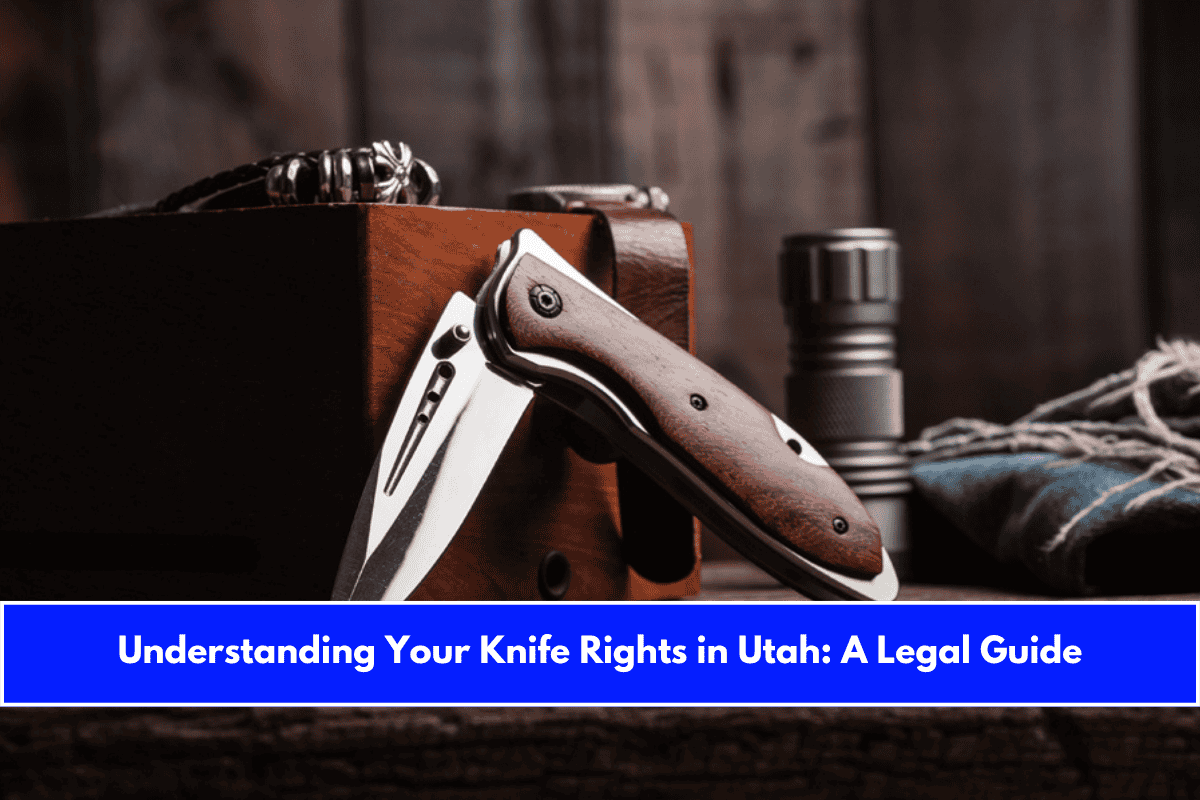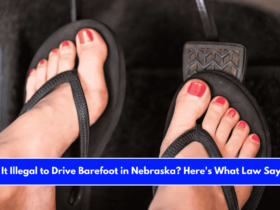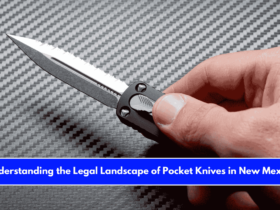Utah has some of the most permissive knife laws in the United States. Law-abiding citizens enjoy broad rights to own, carry, and use nearly any type of knife, with very few restrictions on blade length, knife type, or method of carry. However, there are important exceptions and contextual nuances, especially regarding intent, restricted persons, and prohibited locations.
Legal Knife Ownership and Types
- All Types Legal: Utah law does not prohibit any specific type of knife. This means you can legally own and carry pocket knives, switchblades, gravity knives, balisongs, dirks, daggers, stilettos, bowie knives, and disguised knives (e.g., belt buckle knives).
- No Blade Length Limit: There are no state restrictions on blade length for any knife, whether carried openly or concealed.
Carrying Knives: Open and Concealed
- Open Carry: You may openly carry any knife, of any size or type, unless you are a “restricted person” (such as a convicted felon) or are in a restricted location.
- Concealed Carry: Concealed carry of knives is also permitted, regardless of blade length or type, as long as you do not have unlawful intent.
- Intent Matters: If you carry a knife with the intent to use it unlawfully against another person, it becomes a “dangerous weapon” under Utah law and can lead to criminal charges.
Who Cannot Carry Knives?
- Restricted Persons: Individuals who are prohibited from possessing firearms (such as convicted felons or those found not guilty by reason of insanity) are also barred from possessing knives classified as “dangerous weapons”.
- Minors: There is no specific statewide age restriction for owning or carrying knives, but minors may face additional scrutiny or local regulations.
Where Knives Are Prohibited
- Restricted Locations: Federal buildings, schools, courthouses, and certain private properties may have additional rules. Carrying a knife—openly or concealed—on or about school premises is prohibited and can result in serious penalties.
- Private Property and Local Ordinances: Always respect private property rules and check for local ordinances that may impose further restrictions.
Knives as Tools vs. Dangerous Weapons
- Tool vs. Weapon: A knife is typically considered a tool. However, if used or intended to be used as a weapon, it can be classified as a “dangerous weapon,” which affects legal outcomes in criminal cases.
- Intent and Circumstances: Courts will consider the manner of possession, the context, and the intent when determining if a knife is a dangerous weapon.
Summary Table: Utah Knife Laws
| Category | Legal Status for Law-Abiding Adults | Notes |
|---|---|---|
| Knife Types | All types legal | No statewide prohibitions |
| Blade Length | No restrictions | |
| Open Carry | Legal | Any knife, any size |
| Concealed Carry | Legal | Any knife, any size |
| Restricted Persons | Illegal | Felons, those found not guilty by reason of insanity, etc. |
| Schools/Federal Buildings | Illegal | Strictly prohibited |
| Intent to Harm | Illegal | Classified as “dangerous weapon” |
Key Takeaways
- Utah law allows law-abiding adults to own and carry any type of knife, openly or concealed, with no blade length limits.
- Intent is crucial: using or intending to use a knife as a weapon can lead to criminal charges.
- Restricted persons and certain locations (schools, courthouses, federal buildings) are exceptions where possession is illegal.
- Always check for local ordinances or private property rules before carrying a knife.
Utah’s knife laws are among the most permissive in the nation, but responsible ownership and awareness of context remain essential.
Sources:
- https://www.akti.org/state-knife-laws/utah/
- https://www.egclegal.com/utah-knife-laws-a-detailed-exploration/
- https://utahcarrylaws.com/laws/utah/knives/
- https://le.utah.gov/interim/2024/pdf/00003209.pdf











Leave a Reply